Ordos Zhongtian Hechuang Refining and Chemical Project used 4,600 tons of steel in 2018.
A steel structure refining and chemical integrated device refers to the steel framework used in the construction of integrated plants or units that combine refining and chemical processing. These integrated devices are typically used in large industrial facilities, such as oil refineries, petrochemical plants, or chemical processing units, where both refining of crude oil or natural gas and the chemical conversion of raw materials into valuable products (like petrochemicals, plastics, or synthetic materials) take place within the same facility. The steel structure supports and organizes the various processing equipment, pipelines, reactors, distillation columns, storage tanks, and other critical infrastructure.
In such integrated systems, the steel structure serves as the skeleton that holds everything in place, ensures stability, and facilitates operational efficiency. It must be designed to handle the heavy equipment, withstand high temperatures, pressures, and corrosive environments, and comply with safety and regulatory standards.
Structural Framework:
The structural steel framework is the main supporting system of the entire plant, including columns, beams, trusses, and braces. It provides the base for mounting equipment like reactors, distillation columns, exchangers, and storage tanks.
The framework is engineered to support the weight of heavy equipment, dynamic forces, and environmental conditions (wind, seismic loads, etc.).
Reactor and Process Equipment Supports:
Reactors, furnaces, distillation columns, and other heavy process equipment are mounted on the steel structure. These devices undergo high temperatures and pressures during operation and require a stable, robust foundation.
Steel supports are designed to bear the weight of these large and often cylindrical or vertical structures.
Piping and Conduit Racks:
The plant requires a vast network of piping to transport fluids (oil, gas, chemicals, steam, etc.) between different sections. Steel structures support these pipelines, which can be extensive, running vertically or horizontally over long distances.
Specially designed racks or supports are used to ensure the pipes remain secure and can expand or contract due to temperature fluctuations without causing damage.
Distillation Towers and Separation Units:
Distillation columns, separators, scrubbers, and other separation equipment are key parts of refining and chemical processes. The steel structure supports these tall and heavy columns, which can reach heights of 30-60 meters or more.
These units often require access platforms, ladders, and safety railings for maintenance and monitoring.
Storage Tanks and Vessels:
The steel structure must support storage tanks for raw materials (like crude oil or gas) and finished products (such as gasoline, diesel, and chemicals).
Large spherical tanks (used for liquefied gases) or horizontal tanks (for liquid chemicals) may be mounted on elevated steel platforms to provide space for easy access, maintenance, and operational needs.
Heat Exchangers and Cooling Units:
Steel structures support heat exchangers, which are vital for cooling or heating fluids during chemical and refining processes. These units often include large surface areas and must be carefully integrated into the steel framework to allow for easy maintenance and repair.
Crane and Hoisting Systems:
Overhead cranes, lifting equipment, and hoisting systems are commonly integrated into steel structures to help with the handling of heavy equipment, catalysts, or materials during installation, maintenance, and day-to-day operations.
The cranes are often built into the steel framework or attached to elevated platforms that are designed to support the dynamic forces generated during lifting operations.
Fire and Safety Systems:
Safety is a critical concern in refining and chemical processing plants. Steel structures incorporate safety features such as fire suppression systems, emergency exits, fireproofing, and containment barriers to prevent accidents from spreading.
Platforms and walkways are often equipped with guardrails, emergency ladders, and safety equipment to protect workers in case of an emergency.
Control Rooms and Operator Stations:
The control room is typically housed in a steel-structured building that is equipped with advanced monitoring and control systems. It is designed to provide an operational overview of the entire refinery and chemical processing unit.
Steel structures also provide space for operator stations and other control or instrumentation equipment necessary for monitoring and optimizing processes.
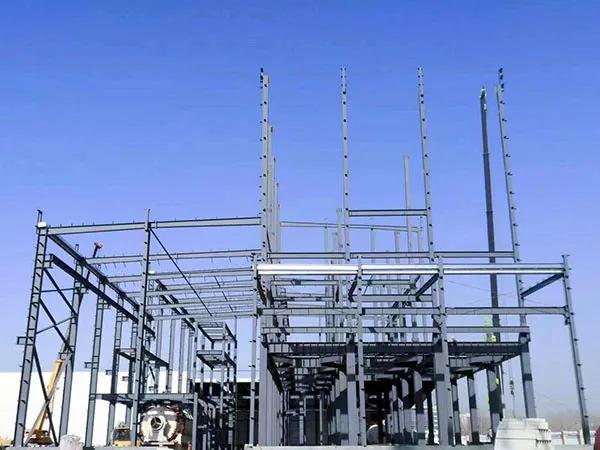
New Materials Steel Structure Factory Project
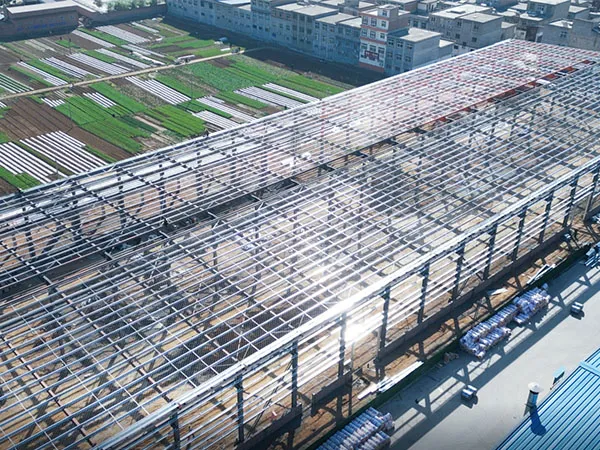
Luoyang Hengrun Metallurgical Technology Co., Ltd. Plant Project
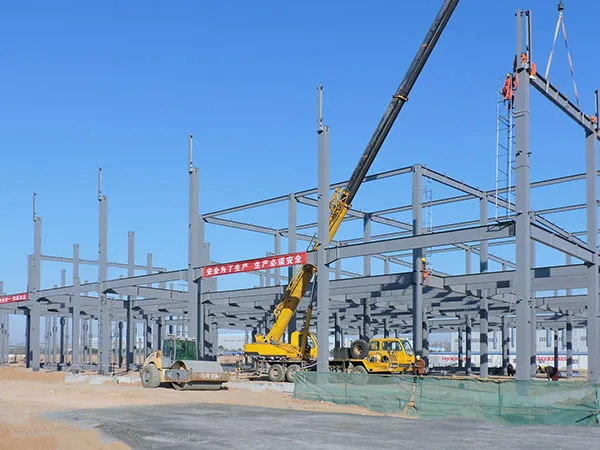
Luoyang Achemet Tungsten-Molybdenum Technology Steel Structure Plant Project
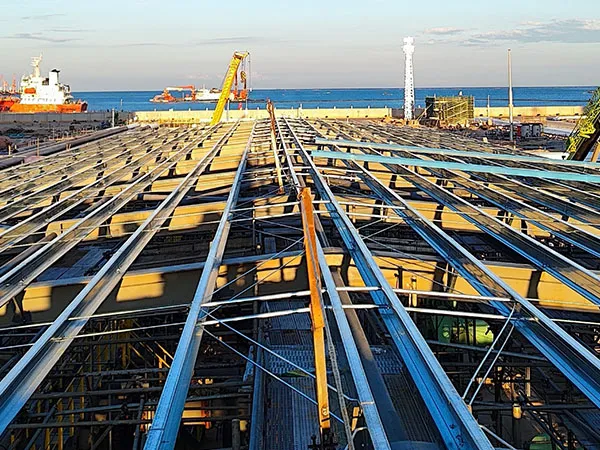
Beihai Finished Oil Reserve Base Steel Structure Roof Project
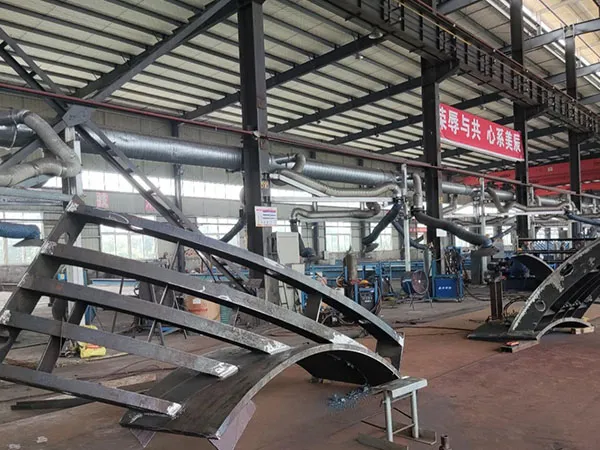
Composite Steel Pipe Segment for Lining Ring of Communication Channel
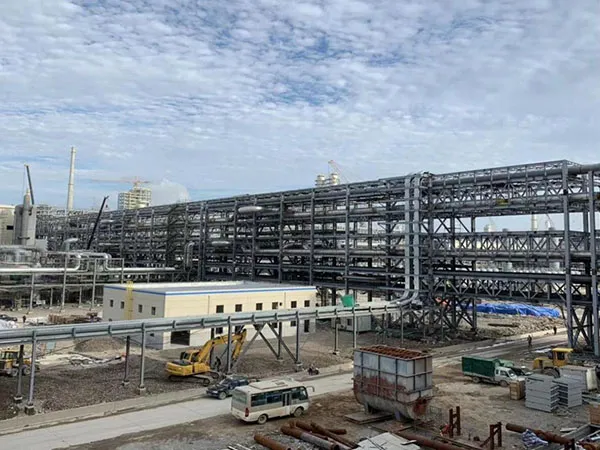
Heavy Oil Catalytic Cracking Unit Steel Structure Project
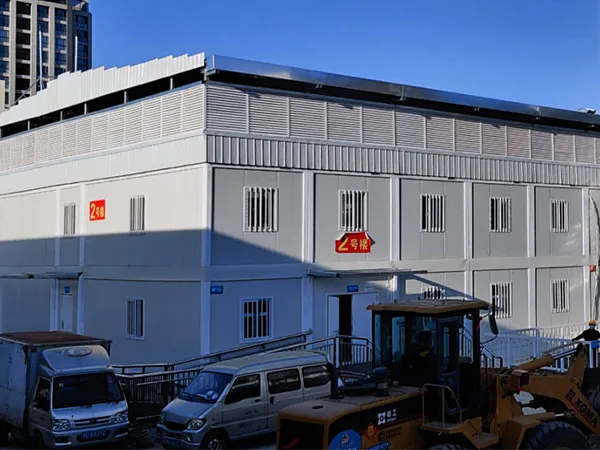
Steel Structure Project for Medical Emergency Treatment Centre
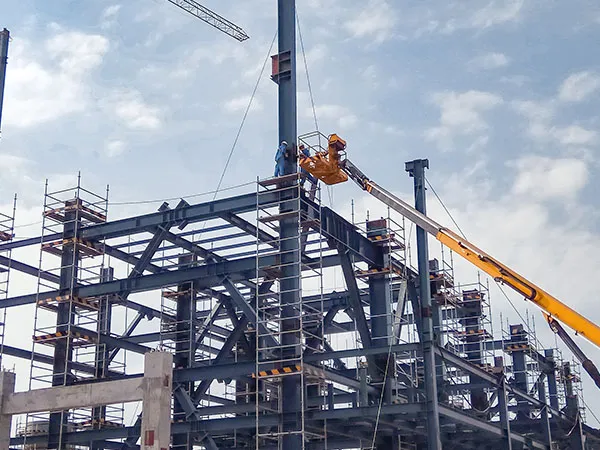
Refining and Chemical Integration Shaped Steel Structure Project